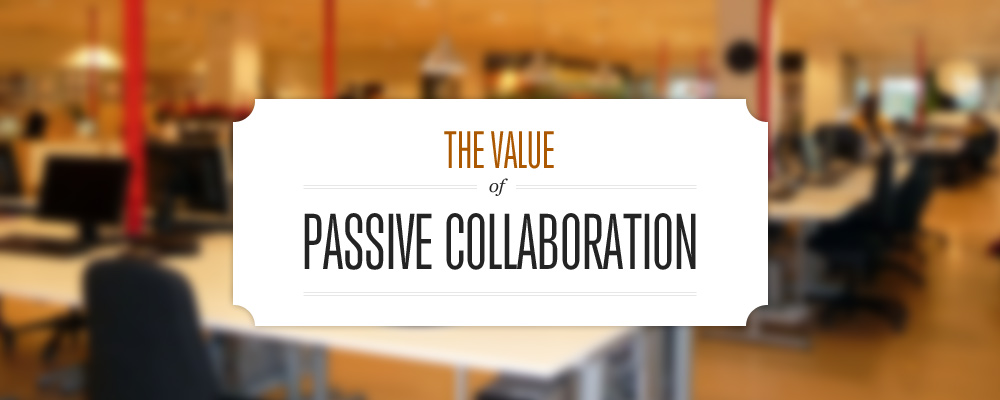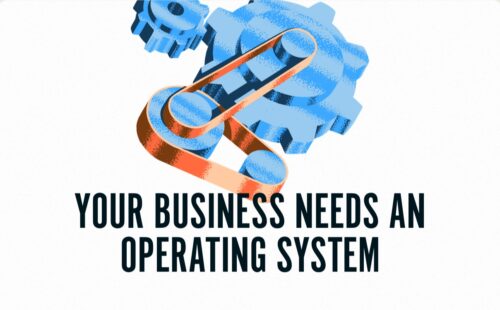“Hey Nathan, do you have a minute?”
It’s a simple question. Who can’t spare a minute, right? Well, I wanted to respond by asking what made them so certain their need was more important than what I was working on. I was fixing bugs for tomorrow’s software release, they had a question about a project we planned to start in another week. It was a fair question and I was happy to help, but it made me think:
By interrupting someone you are saying that what you have or need is definitely more important than whatever they are working on at that time. So why do we encourage this kind of interruption?
With open office plans companies strive to break down walls and put employees closer together (i.e. save money). The proposed reason is more collaboration. Instead of more collaboration let’s strive for better collaboration.
So far all this collaboration (it is starting to sound like a buzz-word now…) has been active. Meetings, phone conversations, hallway chats, and desk drive-bys. Personally, in almost all cases, I prefer passive collaboration.
Passive collaboration says “I value your time, help me when it is convenient for you.”
Send an email, post to Basecamp, use a chat tool like Skype, or something custom like P2. All of these don’t require an immediate response. Rather than a co-worker demanding your attention right that moment, they can ask a question and you can respond when you are ready. That’s passive collaboration. Slower and more deliberate.
When it comes time to respond to that co-worker you may have a message from them already saying, “Nevermind, I figured it out.” If you take away someone’s instant help they instantly become smarter and more capable of solving problems on their own. If it truly is important or that difficult they will wait for your response, but in many cases the slight delay caused them to turn to Google and solve the issue on their own.
Meetings and phone calls have their place and are quite useful, but it is time you started using other means of collaboration. Think twice before you pick up the phone or walk over to a co-workers desk. Remember to value their time.



I think of this in terms of synchronous and asynchronous communications. F2F is inherently synchronous. IM is semi-synchronous. Email is more asynchronous, but tends to drag in other people who get stuck on long chains they’re not interested in.
The thing is, F2F and other synchronous forms can have very high bandwidth, with bandwidth multipliers when other people are involved (or even in earshot). And this can be more important when there are organizational boundaries interfering with the free flow of information. When working in the enterprise, I’ve learned the value of creating a weekly cross-functional technical standup that is basically a manager-free zone, and with little or no agenda. Just get the technical people from all the different teams in the same room, talking about their issues and concerns and what not. An ENORMOUS amount of hard communication work can get resolved in these meetings. And because they’re scheduled (albeit on “Manager schedule”, not “Maker schedule”), other discussions that might be interrupts instead get delayed for that meeting.
There is no right answer, really. Synchronous interruptions impede the free flow of work. Asynchronous communication reduces bandwidth and adds latency. Which is right is situational.